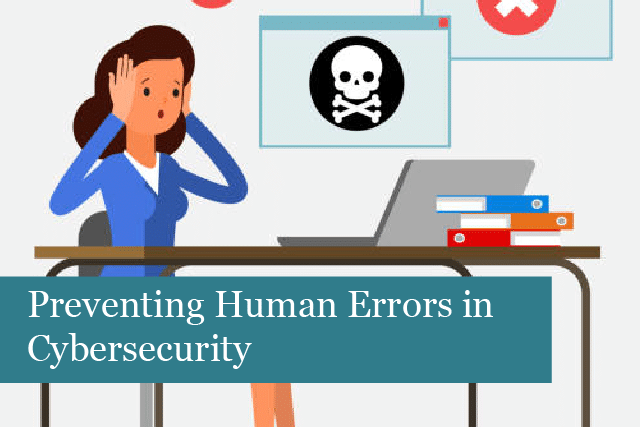
By the year 2025, a notable portion of significant cyber incidents is anticipated to stem from the inadequacy of skilled personnel or human errors within organisations, according to a forecast by Gartner. The report suggests that over 50% of major cybersecurity issues will be attributed to a lack of talent or mistakes made by staff. In response to this looming challenge, organisations are strongly encouraged to embrace a human-centric design approach in crafting their cybersecurity programs. This report delves into the key predictions and offers actionable recommendations to fortify cybersecurity defences, with a specific emphasis on the human element.
Key Predictions
Human Errors and Talent Shortage: The forecast indicates that by 2025, a significant number of cyber incidents will be instigated by either human errors or a shortage of proficient cybersecurity personnel. To mitigate this risk, organisations should prioritise investing in strategies that address both human errors and talent shortages within their cybersecurity frameworks.
Increased Investment in Human-Centric Cybersecurity: Businesses are advised to allocate resources to develop and implement a robust cybersecurity strategy that places emphasis on the human element. Allocating resources to human-centric cybersecurity measures ensures that organisations are better equipped to navigate the evolving landscape of cybersecurity threats.
User Awareness and Training: The report anticipates a growing emphasis on user education and awareness programs as part of cybersecurity measures. Organisations should take a proactive approach by investing in comprehensive training programs to enhance user awareness and reduce the likelihood of security breaches caused by human errors.
Behavioral Analytics and Insider Threats: Behavioural analytics is projected to gain prominence as a tool for detecting and preventing insider threats. Organisations should integrate behavioural analytics into their cybersecurity frameworks to effectively identify and mitigate potential risks arising from insider threats.
What can be done?
The following sections provide actionable recommendations for businesses to enhance their cybersecurity.
1. Investing in Employee Training and Education
Background:
The forecast underscores the importance of user awareness and education programs in cybersecurity measures.
Recommendation:
Businesses should allocate resources to comprehensive training programs that empower employees with the knowledge and skills needed to recognise and respond to potential cyber threats. Regular training sessions can significantly reduce the likelihood of security breaches resulting from human errors.
2. Building a Robust Cybersecurity Strategy
Background:
The prediction emphasises increased investment in human-centric cybersecurity measures.
Recommendation:
Organisations are advised to develop and implement a robust cybersecurity strategy that places a strong emphasis on the human element. This strategy should encompass not only technological solutions but also policies and practices that consider human factors, ensuring a well-rounded defence against evolving cyber threats.
3. Integrating Behavioural Analytics
Background:
Behavioural analytics is projected to play a crucial role in detecting and preventing insider threats.
Recommendation:
To enhance cybersecurity defences, businesses should integrate behavioural analytics tools into their security frameworks. By analysing user behaviour patterns, organisations can identify anomalies and potential insider threats early on, allowing for timely intervention and risk mitigation.
4. Creating a Culture of Cybersecurity Responsibility
Background:
Cybersecurity is everyone’s responsibility.
Recommendation:
Foster a culture of cybersecurity responsibility within the organisation. Encourage employees at all levels to take an active role in safeguarding sensitive information. Establish clear policies, communication channels, and incentives to promote a collective effort in maintaining a secure digital environment.
5. Regular Cyber Attack Risk Assessments
Background:
The Cyberattack Risk Assessment Report provides insights into the security posture of computer systems.
Recommendation:
Conduct regular cyberattack risk assessments to identify vulnerabilities and assess the effectiveness of existing cybersecurity measures. This proactive approach enables organisations to stay ahead of potential threats, implement necessary improvements, and adapt to the evolving cybersecurity landscape.
In conclusion, the increasing role of human errors in cyber incidents necessitates a holistic and strategic approach to cybersecurity. By investing in employee training, building a robust cybersecurity strategy, integrating behavioural analytics, fostering a cybersecurity culture, and conducting regular risk assessments, businesses can significantly reduce their vulnerability to cyber threats stemming from human factors.
Recommended Posts

Prepare for Windows 10 End of Life: What You Need to Know
18th July 2025

5 Ways Cloud-Based IT Solutions Can Empower Your UK Business
12th July 2025

Are you making the most of your Microsoft 365 licensing?
4th July 2025
